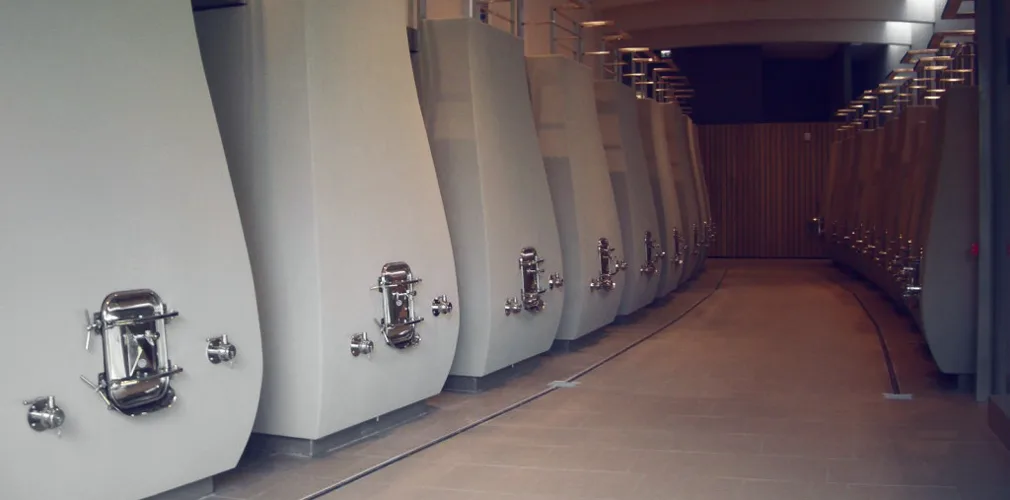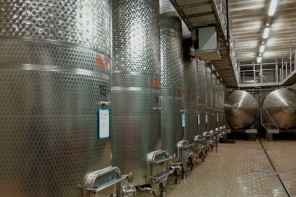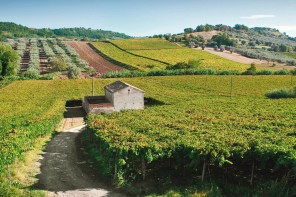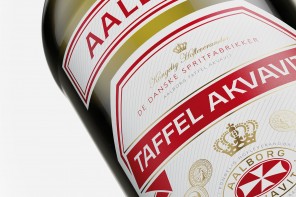A vessel! The place where wine turns into wine. Most of the time we think of oak barrels as the most traditional place for a wine to live in during its embryonic phase before it is ready to meet the world. Picture a wine cellar, and you’re bound to have visions of oak running through your brain. Its certainly a nostalgic set of imagery.
But there are many different receptacles for wine to chill in as it becomes wine. Different vessels impart distinct, exciting flavors and textures into the wines they spawn. Some may seem exotic, but in actuality they’re quite traditional.
Stainless Steel
This one certainly wins marks for a “no-frills” approach, chances are that thirst-quenching, citrusy Sauv Blanc you fell for this Summer was fermented in stainless steel. Why?
Stainless steel doesn’t add any aromatics to the wine. It allows a grape’s purity to shine through. When you take a grape like Sauvignon Blanc (with a lovely, fresh, zingy personality) stainless steel just lets it be what it wants to be.
In recent years, in the aftermath of the heavily oaked Chardonnay phenomenon, many have been gravitating towards stainless steel in particular.
Concrete Tanks or Eggs
Picture a giant dinosaur egg. Now pretend it’s made out of concrete and fill it with wine- poof! This is exactly what a concrete vessel- they’re often egg-shaped- looks like.
A few years ago concrete eggs experienced a surge in popularity in the United States, but concrete has been used in winemaking since the 19th century. Concrete eggs are known to impart weight, texture, and minerality while preserving natural fruit content, especially in white wines.
For a white like, say, Viognier- already a naturally big, voluminous grape- a long, cool ferment in concrete will result in a nice degree of freshness and vivacity without the oaky richness. Sort of like a happy medium between stainless steel and oak, with a bit more intrigue.
Amphora
Oh, the amphora. If you polled winemakers, they might say amphorae are a little hipster-y. It seems like every few years, there’s some buzz over the use of amphorae, even though they literally date back to the Greek/Roman era.
Just your average terracotta vessel, an amphora is thrown on a potter’s wheel and can vary in size. In Greek and Roman times, the vessels were often buried in the ground while the wine fermented.
Amphorae have several advantages, one being that the porous nature of clay allows for micro-oxidation to occur. Popular in the “natural” winemaking sphere, wines made in amphorae have been described as having everything from a “cleaner” or more pronounced taste, to possessing a subtle chalky texture that engages the palate. Now, who’s in the mood for a toga party?








